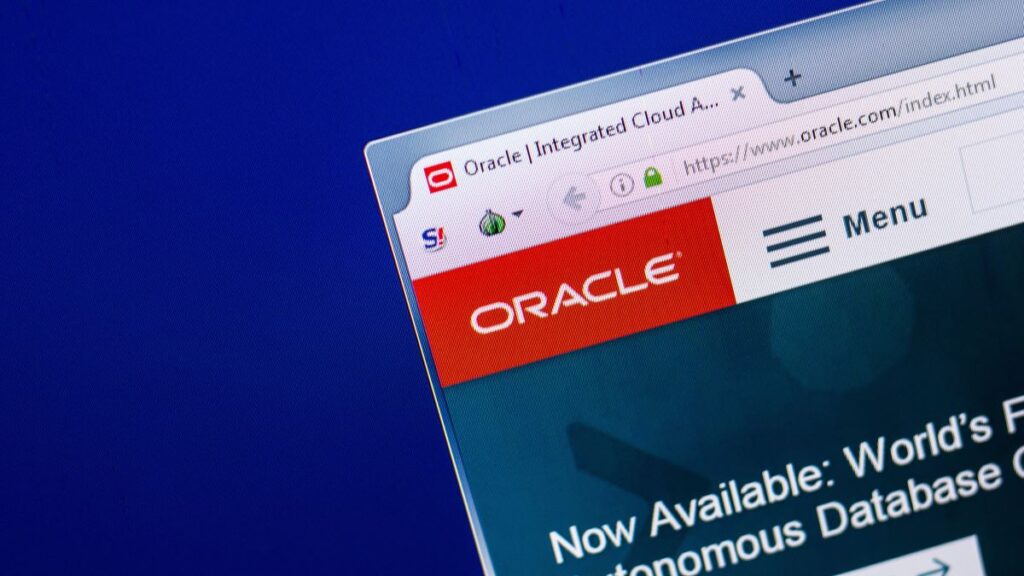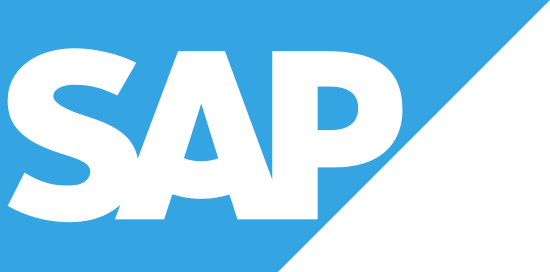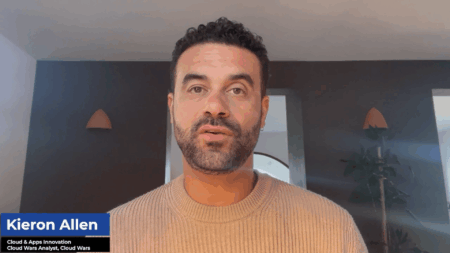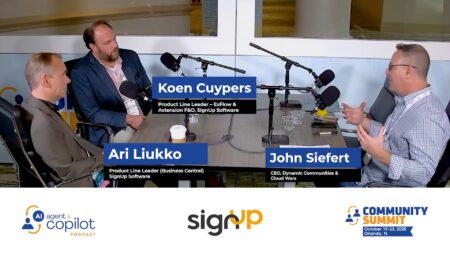
After achieving the near-impossible by convincing Microsoft, AWS, and Google Cloud to forge multi-cloud partnerships with Oracle, Larry Ellison is dropping hints that his next act of diplomatic derring-do will be to persuade SaaS archrivals Salesforce, Workday, and maybe even SAP to enter into multi-cloud-app partnerships with Oracle.
Sound crazy? Yes, it certainly does — but in my book, not even half as crazy as the coup Ellison has staged across the past 15 months in getting the other three hyperscalers to tear down most of the silos between their clouds and Oracle’s to make life much, much better for customers. You can get the full scoop on that extraordinary achievement in a brief Cloud Wars Minute video headlined “Larry Ellison Brings Peace to the Cloud Wars” that I posted from Oracle CloudWorld a few weeks ago.
Perhaps you’re thinking, “Yeah, sure, but that was just about nameless faceless infrastructure —that could never happen with applications because that’s where all the data is — those companies would never collaborate on that!” Well, okay — perhaps that’s true.
And perhaps it’s not.
Let’s think this through. When Ellison speaks in public, he does not say things randomly — what he says, he means. And when he shares his vision for where the tech world is headed, we would be wise to listen because over the past 30 years, Ellison has been right far, far more frequently than he’s been wrong.
So look at the wording on these two slides from Ellison’t keynote presentation at Oracle CloudWorld last month. (And many thanks to my friend Bonnie Tinder, CEO of Raven Intelligence, for these photos!)


In the upper photo, Ellison is talking about the indisputable fact that customers use multiple clouds, including infrastructure and also applications. On the infrastructure side, Ellison cites the four hyperscalers — AWS, Azure, Google, and Oracle, which he emphasized were listed alphabetically —and then goes on to mention (again alphabetically) the big apps vendors, mentioning Oracle, Salesforce, Workday and then a “dot-dot-dot” to indicate that there might be others. While Ellison did not mention SAP as a possible player in this potential scenario, that’s the company whose inclusion would benefit the greatest number of customers.
Now look at the second slide, shown in the lower photo: it contains an additional line that says “Problem: clouds do not work well together.”
If you believe as I do that Ellison always has a reason for saying what he says and that his keynote presentations offer the clearest view into where Oracle is headed, then I think we have to take very seriously his suggestion that customers would be much better off if the big cloud apps players worked together to make it easier, faster, less expensive, and less risky for customers to work seamlessly across cloud applications.
I have three more pieces of evidence I’d like to share in support of my thesis that Ellison is looking to drive widespread multi-cloud collaboration among the major enterprise-apps vendors.
1) During keynote, big customer asks for it. During Ellison’s keynote, he was joined by two guests: First, the mind-blowing side-by-side chat with AWS CEO Matt Garman, and then State Street Bank executive VP and CTO Andy Zitney. Leaning far forward and with a big grin on his face, Zitney told Ellison and Garman, “I think State Street’s even more excited about this multi-cloud agreement than you two are! We’re huge users of Exadata and of AWS, and this comes at a perfect time we can accelerate our digital transformation.”
So clearly, Zitney is a passionate and eager and forward-looking customer. And a moment later he said this: “We need this globally to get our data and our apps closer to customers so we can deliver better experience for them.” Notice he did not say State Street needs to get its infrastructure closer to customers — he very specifically said the company needs to get “our data and our apps” up close with customers.
With State Street Bank having data centers in 43 countries but pursuing a goal of cutting that down to 30, Zitney is clearly a huge fan of this multi-cloud movement among major tech. And he didn’t say “Our Oracle data and apps” — rather, he was referring to all of State Street’s apps.
2. Ellison declares multi-cloud apps are coming soon! Later in the keynote, as Ellison was citing the many benefits to customers — and to the hyperscalers of the multi-cloud partnerships with Oracle, he said this: “And it goes in both directions — you can not only get the Oracle Database from Google Cloud, but you can also use Google Cloud Gemini AI from the Oracle Cloud. And very soon, there will be applications clouds so you can mix and match the apps you want.”
Coincidence? I don’t think so.
3. Oracle NetSuite and big-time Oracle competitor Salesforce are halfway there! NetSuite’s been part of Oracle for eight years, and while it retains its original “NetSuite” brand, if you cut NetSuite it bleeds Oracle red. But take a gander at this headline from just four weeks ago: “NetSuite Connector for Salesforce Helps Organizations Gain More Value from Their Data.”
Check out this excerpt from that press release and ask yourself if this doesn’t sound exactly like a multi-cloud-app breakthrough:
NetSuite Connector for Salesforce will automatically share data between NetSuite and Salesforce to reduce data silos, accelerate order-to-cash and revenue recognition processes, and expand business insights.
“In the past, joint customers had to conduct manual batch updates or use third-party integration products to harmonize data between the two platforms,” said Gary Wiessinger, senior vice president of Application Development, Oracle NetSuite. “With NetSuite Connector for Salesforce, joint customers can align data in both applications to expand visibility into order details, customer and contact information, order fulfillment details, and financial information like invoices, payments, and sales. As a result, customers will be able to improve both the speed and accuracy of business processes and decision-making.”
“Together, Salesforce and NetSuite will help businesses get the most from their data regardless of where it resides,” said Nick Johnston, senior vice president of Strategic Partnerships at Salesforce. “The ability to share and unify data between our platforms will provide a foundation to enable improved CRM experiences, from automated workflow to AI-powered agents.”
Final Thought
The combined market cap of Oracle ($462 billion), Salesforce ($269 billion), Workday ($64 billion), and SAP ($272 billion) is well over $1 trillion. Clearly, these are hugely successful companies that love their customers, that love to compete, and that love to win.
But sometimes the rules of the game change and we need to redefine exactly what constitutes a “win” — and I think we’re at a point in the Cloud Wars where customer outcomes must be given priority over traditional parochial-competition interests.
The early results from multi-cloud infrastructure partnerships clearly indicate that customers love it and the tech vendors love it — rather than diminishing what each can pursue, the pie gets much bigger and the customers get happier.
So I’m wishing Larry Ellison — and everyone else — all the best on his next multi-cloud quest!

AI Agent & Copilot Summit is an AI-first event to define opportunities, impact, and outcomes with Microsoft Copilot and agents. Building on its 2025 success, the 2026 event takes place March 17-19 in San Diego. Get more details.












